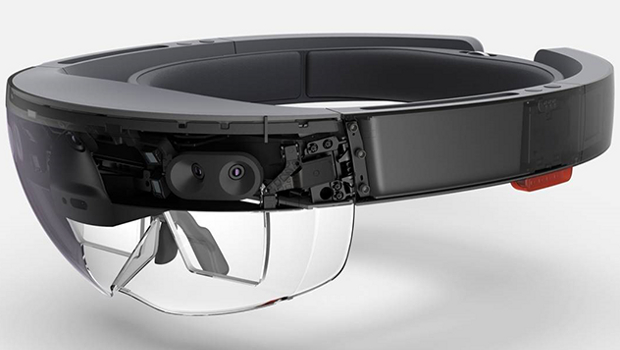Microsoft’s fourth generation of its Kinect sensor has got its debut, bringing the hardware inside the next-generation HoloLens to the company’s developer community. The Project Kinect for Azure sensor will be used to improve “artificial intelligence in the real world,” the company said.
At Microsoft Build, Microsoft is expected to talk about how mixed reality and its HoloLens device is moving from the consumer space into a solution for business.
Microsoft sees the new Project Kinect sensor as the eyes of computers and the cloud, making sense of the real world with the help of Azure AI. Kinect once was the eyes of the Xbox 360, but its fell out of favour with the Xbox One generation.
According to Alex Kipman, the father of the HoloLens and a technical fellow in the Operating System Group at Microsoft, Project Kinect for Azure is the fourth generation of the Kinect sensor. While the first generation was designed for the Xbox 360, the second generation was intended for Windows, as the Kinect Sensor for Windows. Microsoft said that it discontinued production of that sensor last year.
Kipman also appeared to answer the question of whether or not the HoloLens was still in development, as he confirmed that the HoloLens headset used the third generation of the sensor. The next version of HoloLens, he said, will use the Project Kinect for Azure sensor.
Here are the Project Kinect for Azure’s specs, as listed by Kipman:
- Highest number of pixels (megapixel resolution 1024×1024)
- Highest Figure of Merit (highest modulation frequency and modulation contrast resulting in low power consumption with overall system power of 225-950mw)
- Automatic per pixel gain selection enabling large dynamic range allowing near and far objects to be captured cleanly
- Global shutter allowing for improved performance in sunlight
- Multiphase depth calculation method enables robust accuracy even in the presence of chip, laser and power supply variation.
- Low peak current operation even at high frequency lowers the cost of modules
Microsoft executives said before the show that the Kinect sensor for Azure would be available next year.
IDG News Service








Subscribers 0
Fans 0
Followers 0
Followers